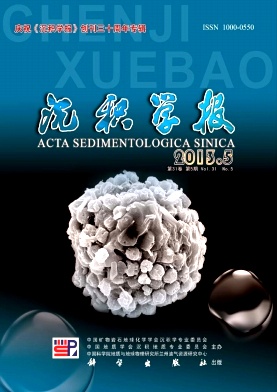Sequence Stratigraphy of Depositional Sandbodies in the Deep-water Lake Basin: A case from Jurassic Sichuan
- Publish Date: 2013-10-10
-
Key words:
- Jurassic in Sichuan /
- sequence stratigraphy /
- sedimentology /
- systems tract /
- deep water environment /
- reservoir /
- high density turbidite
Abstract: The method of sequence stratigraphy marks a new revolution of sedimentary geology. It uses multiple subjects to form a sedimentary model to interpret evolution and stratigraphic structure of sedimentary basin for oil and gas exploration based on analysis of autocycle and allocycle. Sequence stratigraphy is useful to decrease the risks of reservoir prediction. The main types of sedimentary sandbodies of deep-water lake basin are progressive sandstones from delta front to slope, gravity flow sandstones including turbidite channel, basin floor fan and debris flow sandstones. The distribution of non-channellized turbidite sandstones has closely relation with basin slope and systems tract evolution. There are developed sliding turbidite from delta front to slope in high-gradient areas, and developed basin floor fan turbidite in other areas during early transgressive and late regressive period. The rebuilding of sequence and systems tracts and analysis of sedimentary mechanism would increase predicting ability of reservoirs and decrease risks of reservoir prediction. These turbidite sandstones have low porosity and low permeability, with very fine grains on thin section observation. There are median sorting and poor rounding in grains. The clastic contents are quartz, quartz sandstone, and minor feldspar and calcite. The cements are mainly calcite. They belong to low-porosity and lowpermeability reservoirs which could be as exploration targets of fracture reservoirs and unconventional resources.
| Citation: | Sequence Stratigraphy of Depositional Sandbodies in the Deep-water Lake Basin: A case from Jurassic Sichuan[J]. Acta Sedimentologica Sinica, 2013, 31(05): 798-806. |






 DownLoad:
DownLoad: